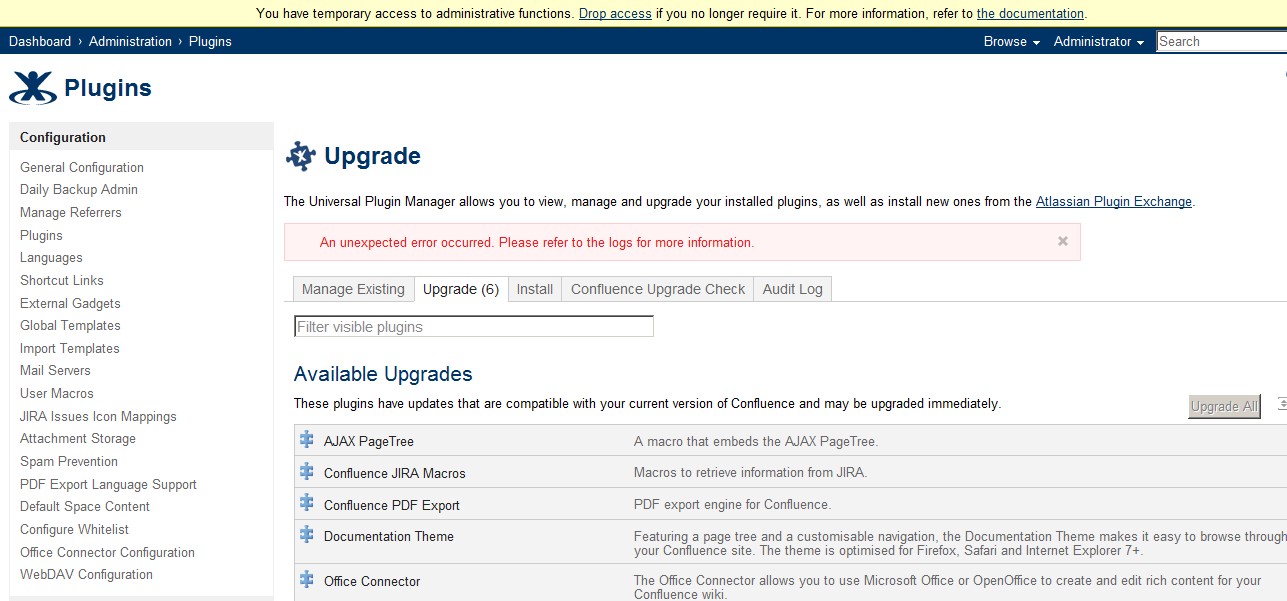
The correct explains how the host-based access settings of pghba.conf file are not editable by pgAdmin 4. So we must use a text-editor to edit the pghba.conf file directly. Example on macOSHere is an example of using an editor to do so, the command-line tool, on macOS (and possibly on BSD).The Postgres database system is installed along with a new system-level user, by default named postgres. That user owns the folders (has file system access privileges) containing the actual Postgres database files. So we must run as that user.Switching users is surprisingly complicated if you are new to Unix-oriented OSes. For details, see:.To switch users within a terminal session using su, we must do so by invoking the superuser's authority using sudo. Sudo su postgresYou will then be prompted for the password of the superuser.Verify which user is currently running the session by doing: whoamiBefore editing, we should back-up the pghba.conf file.
Make a copy, giving the file a similar name, with something like.backup appended. Switch to the data folder nested within the postgres user’s home folder. Remote tools sccm permission. Type:cd /data.
To see a listing of files and verify pghba.conf, run: ls. Run:copy pghba.conf pghba.conf.backup. Verify the backup by running ls again.Now we can edit the original using the nano editor. Enb download. Nano pghba.confYou will see the file’s content appear on-screen. Notice the keystroke commands listed at bottom with ^.Use the down-arrow key to get to the end of the file (or press keys for Next Page).
Use right-arrow key to move through the lines to edit. When done, press Control-O (for write Out) to save the file.
So, you can edit pghba.conf file to include the desired login details like login name, DB name, and host. The file is well documented. For your case, you can add the following line to pghba.conf file: local all root peer You need to reload your postgresql server after saving the changes. 361. This is the first point where we have access to the hba record for the.
See the reminder the Control+x will exit the nano editor.At the command line, to stop running that session as the postgres user, run exit. Then verify again with whoami.
Attention, Internet Explorer UserAnnouncement: Jive has discontinued support for Internet Explorer 7 and below.In order to provide the best platform for continued innovation, Jive no longer supports Internet Explorer 7.Jive will not function with this version of Internet Explorer. Please consider upgrading to a more recent version of Internet Explorer, or trying another browser such as Firefox, Safari, or Google Chrome.(Please remember to honor your company's IT policies before installing new software!).